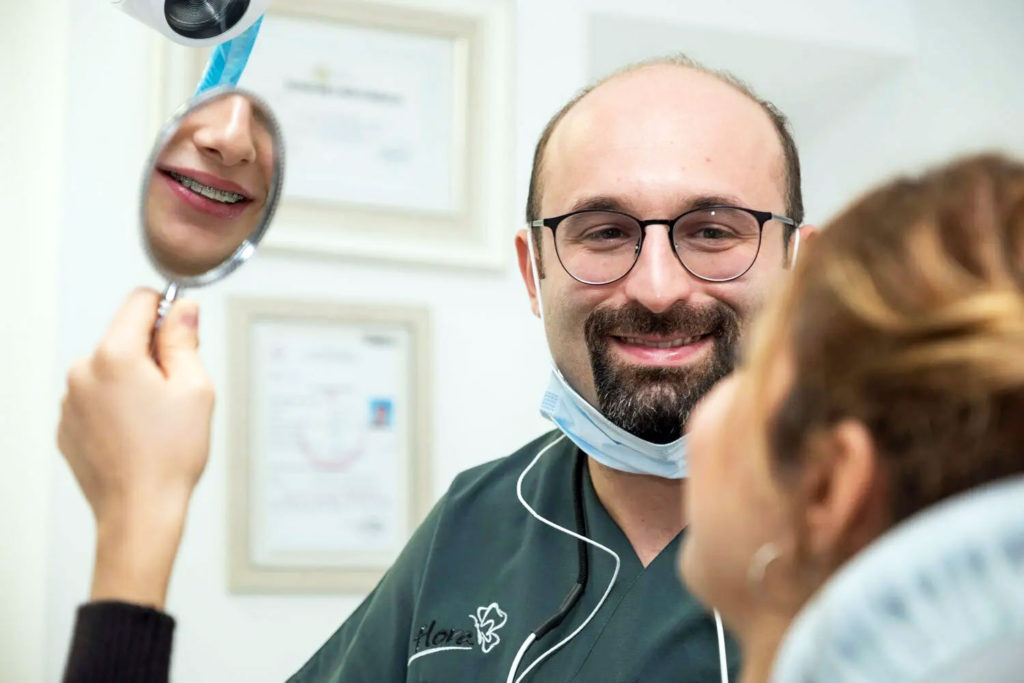
A bone graft is an important procedure performed to ensure sufficient bone volume, especially before implant treatment. The durability of the graft varies depending on the area where it is applied, the graft material, and the subsequent treatment plan.
In general, the lifespan of a graft is evaluated based on two different scenarios: whether or not an implant is placed on the graft in a timely manner. If an implant is placed within 6-12 months after the bone graft is applied, the graft volume is largely preserved and eventually integrates with the natural bone to form a permanent structure. In this case, the graft can last a lifetime.
However, if an implant is not placed in the grafted area for a long time, volume loss begins over time. The literature indicates that the graft may lose 40-60% of its volume within the first year. After that, this loss continues to progress, albeit not at the same rate. For this reason, it is recommended that an implant be placed on the graft within the first year at the latest.
The type of graft also has a significant effect on its durability. Animal-derived grafts processed at high temperatures (xenografts), especially when used for socket preservation, can maintain their volume for a longer period of time compared to grafts obtained from cadavers. For example, grafts used in procedures such as sinus lifting can maintain their form for years and form a stable structure with the implant.
Surgical technique, the type of membrane used, infection control, suturing technique, and the patient’s oral hygiene are also crucial for the graft to successfully take hold. Insufficient tissue coverage, incorrect membrane selection, or early membrane loss can cause the graft to fail partially or completely. Smoking, in particular, significantly increases the risk of failure.
In conclusion, the life of the graft is not limited to the day it is applied; the aftermath is just as critical as the application itself. If not proceeded with in a planned manner, the graft may inevitably dissolve or lose its volume over time. However, a graft applied under appropriate conditions and with an implant placed on top of it can remain healthy in the mouth for a lifetime.





